1. Bringing Back the Woolly Mammoth (Well, Almost)
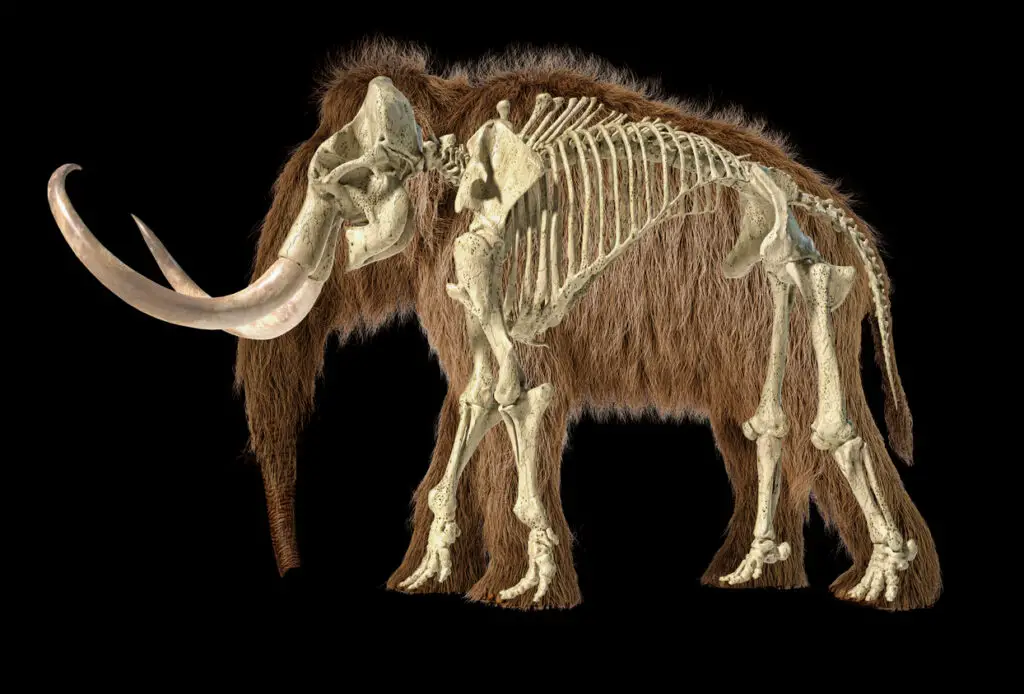
Imagine a world where the woolly mammoth roams again. While that might sound like a scene from Jurassic Park, scientists are working on something similar by using ancient DNA. According to NBC DFW, by extracting genetic material from frozen mammoth remains and combining it with the DNA of modern elephants, researchers aim to create a hybrid species. The hope is that these hybrids could thrive in tundra ecosystems, helping to combat climate change by restoring grasslands and reducing greenhouse gases.
But it’s not just about resurrecting extinct creatures—it’s about learning how to save species on the brink. This project has taught researchers how to work with degraded DNA, a skill they’re applying to conserve living species like elephants. While the idea of mammoths returning is exciting, the deeper goal is preserving biodiversity and understanding how to help ecosystems thrive.
2. Freezing DNA for Future Generations
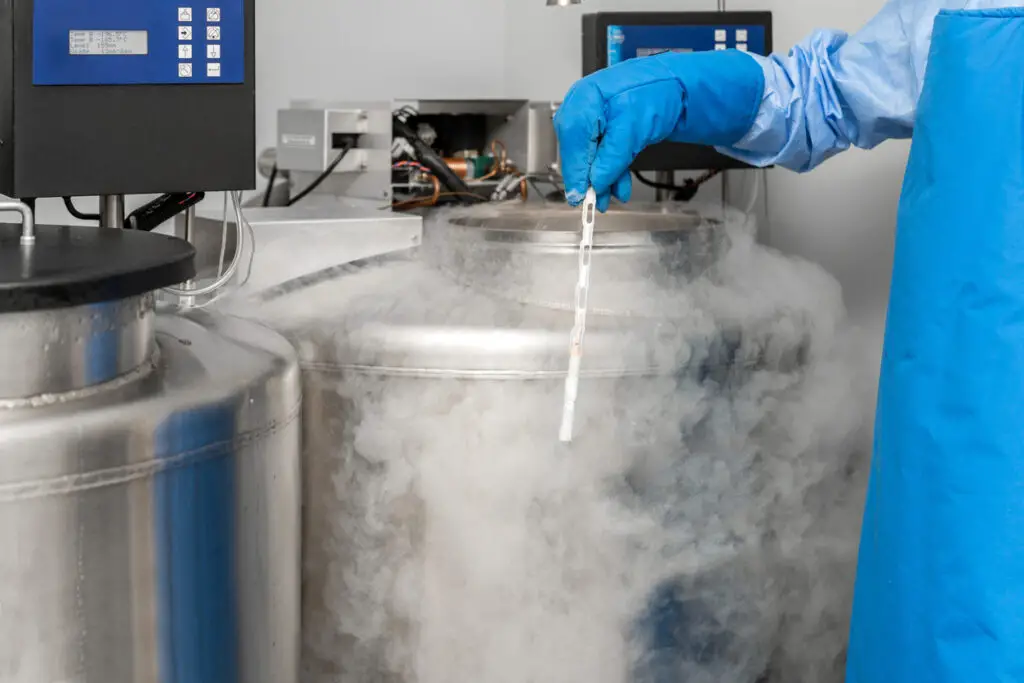
Think of it as a genetic time capsule. Scientists around the world are building “frozen zoos,” where they store DNA samples from endangered animals. These samples can be used to clone species in the future or introduce genetic diversity to struggling populations. The San Diego Zoo’s Frozen Zoo, for example, holds DNA from over 10,000 animals, acting as a safety net for species teetering on the edge of extinction.
This technique has already been put into action for species like the northern white rhino, which is down to just two individuals. The Australian Academy of Science highlights that scientists are developing embryos in the hopes of one day reintroducing the species to the wild. It’s a long process, but freezing DNA ensures we have the tools to fight back against extinction—even if it’s years or decades down the line.
3. Cloning Critically Endangered Species

Cloning isn’t just for sci-fi movies anymore—it’s happening in real life. Scientists are using animal DNA to create clones of endangered or recently extinct species. According to the U.S. Fish and Wildlife Service, In 2020, researchers successfully cloned a black-footed ferret named Elizabeth Ann from a 30-year-old DNA sample. This breakthrough has opened the door to using cloning to boost populations of other endangered species.
The process is complicated and expensive, but it could be a game-changer for species with limited genetic diversity. By reintroducing clones into the wild, scientists can help populations become more resilient to disease and environmental changes. While cloning won’t solve extinction on its own, it’s an important tool in the conservation toolbox. It also raises important ethical questions about the balance between scientific innovation and the natural course of evolution. Cloning may not bring back extinct species on a large scale, but it offers a lifeline to those teetering on the brink.
4. Editing Genes to Build Resilience

Gene editing, particularly with tools like CRISPR, is revolutionizing conservation science. By tweaking the DNA of endangered species, scientists can help them adapt to changing environments or fight off diseases. For example, researchers are exploring ways to make amphibians resistant to chytrid fungus, a deadly disease wiping out frogs worldwide.
Gene editing can also be used to reintroduce lost traits, like heat resistance in corals or disease immunity in bats. A study from Stanford highlights how CRISPR has been successfully applied to corals, potentially aiding their survival in warmer waters Stanford Medicine. While controversial, these interventions could help species survive in rapidly changing ecosystems. The key challenge is balancing innovation with ethics to ensure we’re helping—and not harming—wildlife. Some critics worry about unintended consequences, like creating genetic traits that might disrupt ecosystems. Nonetheless, the potential for gene editing to save species is enormous, and careful testing and collaboration will be crucial.
5. Studying Ancient DNA for Modern Lessons
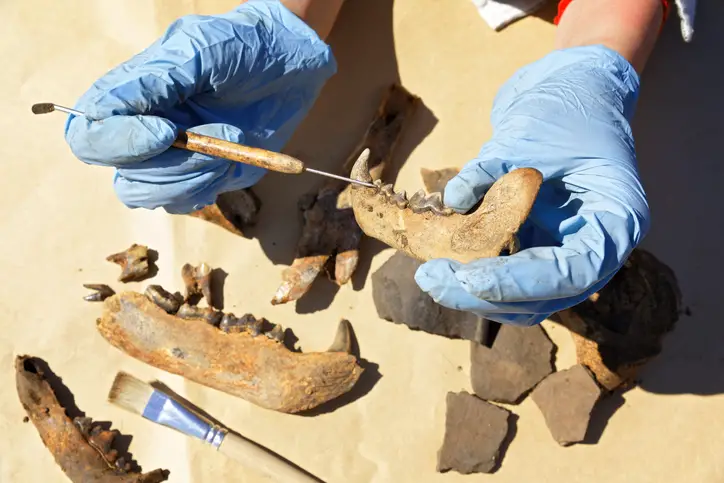
Extinct species still have a lot to teach us. By analyzing DNA from animals like the dodo or the passenger pigeon, scientists can uncover why these species disappeared. This information helps us understand the risks facing today’s endangered species, from habitat loss to genetic bottlenecks.
For example, studying the DNA of ancient cheetahs has revealed how a lack of genetic diversity threatens their survival today. Scientists are applying this knowledge to manage living populations more effectively. Ancient DNA isn’t just a window into the past—it’s a roadmap for protecting the future. As noted by Yale E360, historical DNA from museum specimens is enabling scientists to establish baselines of genetic diversity for species in decline, guiding critical conservation decisions for various animals Yale E360. It also gives us a chance to reconstruct lost ecosystems and understand how species interacted in their environments. Learning from the past can help us better predict and address future threats to biodiversity.
6. Reviving Ecosystems with Genetic Diversity
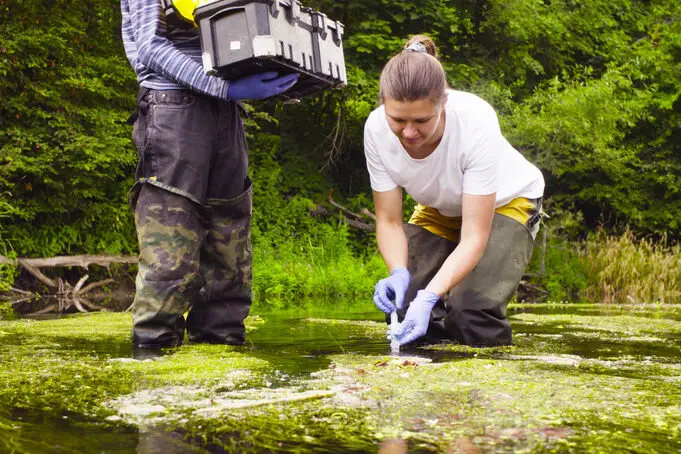
Sometimes, the problem isn’t just the number of animals—it’s their genes. Inbreeding can make populations weaker and more vulnerable to disease. By introducing genetic material from other populations—or even closely related species—scientists can boost genetic diversity and resilience. This approach has been used to save Florida panthers, whose population was dwindling due to inbreeding.
It’s not just about saving individual species; it’s about preserving entire ecosystems. Healthy animal populations play a critical role in maintaining biodiversity and ecosystem stability. A study published in Frontiers in Ecology and Evolution emphasizes that genetic diversity within species is foundational for ecosystem resilience, supporting services such as pest management and carbon sequestration. Genetic rescue is a powerful tool for ensuring the long-term survival of species and their habitats. This method is particularly effective in small, isolated populations that might otherwise face extinction. Expanding genetic diversity helps ensure that species can adapt to future environmental changes, giving them a fighting chance to survive.
7. Creating “Bio-Banks” for Conservation Research

DNA isn’t just for cloning—it’s also a treasure trove of information. Scientists are building massive genetic databases to study the diversity of life on Earth. These “biobanks” store DNA from animals all over the world, helping researchers track genetic changes, study diseases, and identify new conservation strategies.
One example is the Earth BioGenome Project, which aims to sequence the DNA of every species on Earth. This ambitious project will provide invaluable insights into how life evolves and adapts. As noted by the International Union for Conservation of Nature (IUCN), biobanks serve as a failsafe to safeguard biodiversity while it’s still extant and offer hope for recovery when species are lost IUCN. It’s a reminder that preserving DNA isn’t just about saving animals—it’s about unlocking the secrets of life itself. These biobanks can also serve as an emergency resource for reintroducing lost genetic traits to endangered populations. With enough genetic material stored, scientists could one day restore ecosystems that seemed lost forever.
8. Restoring Coral Reefs with Resilient DNA
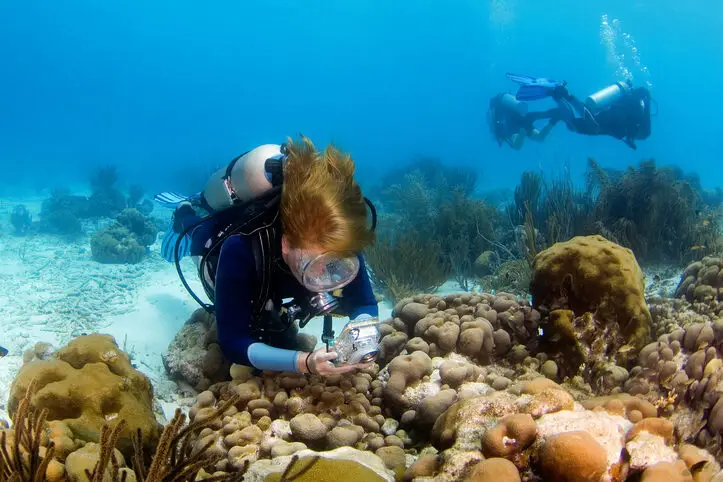
Coral reefs are among the most threatened ecosystems on Earth, but DNA technology offers a lifeline. Scientists are identifying genetic traits in corals that make them resistant to rising sea temperatures. According to a study from the University of Guam, researchers have discovered unique genes in soft corals that help them recover from climate change-related stressors, such as elevated temperatures and ocean acidification UOG. By breeding or genetically editing corals with these traits, they aim to create reefs that can survive the warming oceans.
This work is already making waves in areas like the Great Barrier Reef, where heat-resistant corals are being introduced. It’s a race against time, but the hope is that resilient reefs will not only survive but also continue to support countless marine species. Coral DNA holds the key to preserving underwater biodiversity for future generations. With the right tools, scientists may even be able to speed up coral adaptation to rapid climate changes. Protecting coral reefs isn’t just about aesthetics; it’s about maintaining the health of the entire ocean ecosystem.
9. Tracking Poachers with DNA Evidence
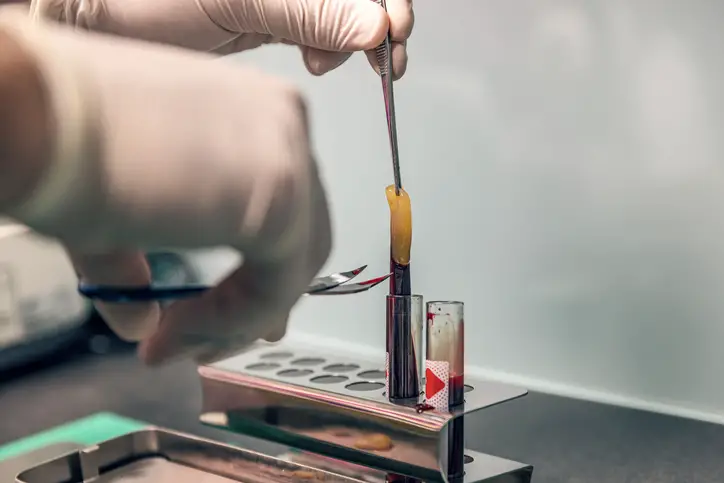
DNA isn’t just about saving animals—it’s also being used to catch those who harm them. By analyzing genetic material from seized ivory, scientists can trace it back to specific elephant populations. According to the British Ecological Society, this helps authorities pinpoint poaching hotspots and dismantle trafficking networks.
Similar techniques are being applied to other endangered species, from rhinos to pangolins. The ability to connect DNA evidence to illegal activities is a powerful tool in the fight against wildlife crime. It’s proof that science can be a weapon for justice as well as conservation. This method has already led to significant arrests and the disruption of smuggling operations. With further refinement, DNA analysis could become a standard tool in global anti-poaching efforts.
10. Mapping Migration Patterns Through DNA
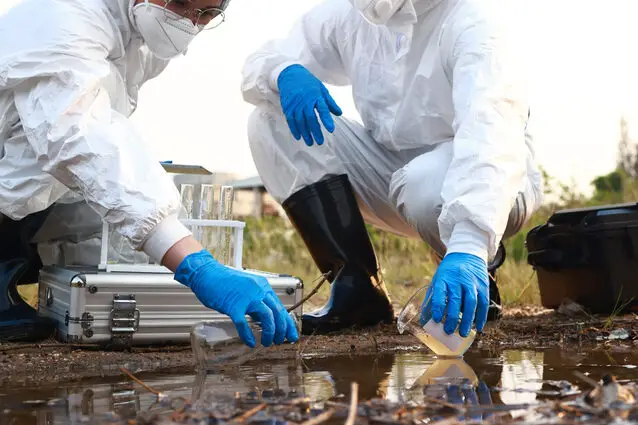
Understanding how animals move is critical for conservation, and DNA is making it easier than ever. Scientists are collecting genetic material from water, soil, and even the air to track the presence of species in different areas. This environmental DNA, or eDNA, allows researchers to monitor migration patterns without disturbing the animals.
This data is especially valuable for species that are hard to observe directly, like whales or snow leopards. A study published in Environmental DNA in USGS highlights how eDNA has been effectively used to track recolonizing migratory fish populations following large-scale ecological changes, such as dam removals. By understanding where animals go and why, scientists can protect critical habitats and migration corridors. eDNA is revolutionizing wildlife monitoring, offering a clearer picture of life on Earth and how to save it.


